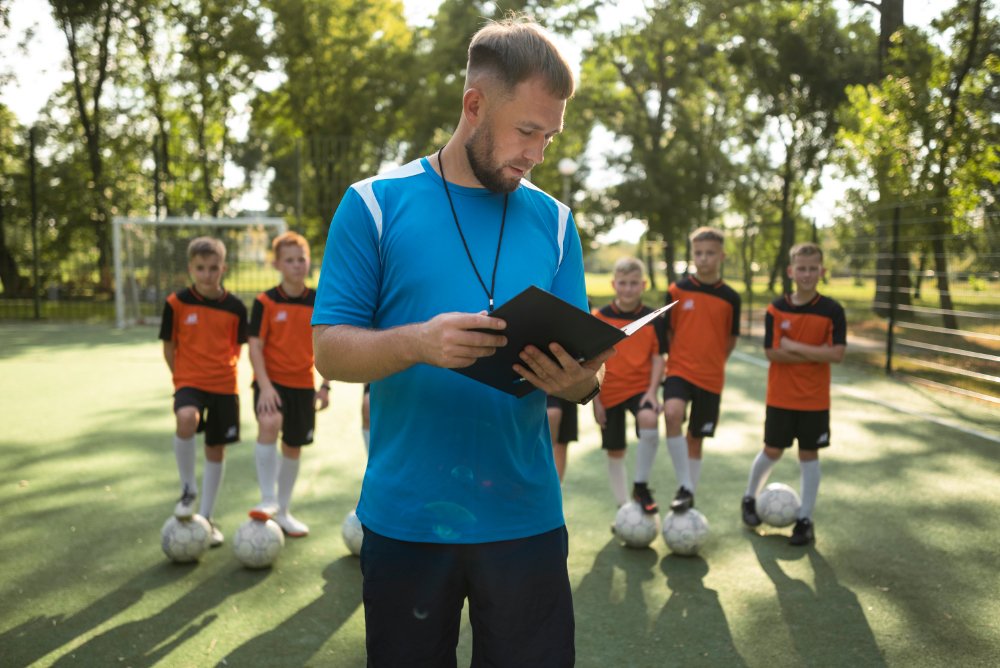Your Topics | Multiple Stories: Using Multiple Storylines to Teach Scientific Concepts through Case Studies. The field of education constantly seeks innovative ways to engage students and make learning more effective. One such method is the integration of multiple storylines in teaching, particularly for complex subjects like science. Your Topics | Multiple Stories, a website that emphasizes creative approaches to education and storytelling, highlights how multiple narratives can simplify intricate scientific concepts through case studies. This method not only enhances comprehension but also promotes critical thinking and problem-solving skills.
The Power of Storytelling in Education
Storytelling has long been recognized as an effective educational tool. By presenting information within a narrative, educators can make abstract concepts tangible and relatable. When teaching scientific concepts, multiple storylines allow for a richer exploration of topics, connecting theoretical knowledge with real-world applications.
Your Topics | Multiple Stories showcases numerous examples where storytelling transforms the learning experience, making it more interactive and engaging for students.
Also, explore Your Topics | Multiple Stories of Revolutionary Changes in Education Systems
Case Studies: A Bridge Between Theory and Practice
Case studies have been a staple in teaching various disciplines, especially in science. They provide a structured way to examine real-world problems, encouraging students to apply their knowledge and analyze outcomes. Incorporating multiple storylines into case studies offers several benefits:
- Diverse Perspectives: Multiple storylines can present different viewpoints on a single scientific issue, fostering a deeper understanding.
- Engagement Through Drama: Adding narrative tension or conflict keeps students invested in the material.
- Real-World Relevance: By weaving practical applications into the storylines, students see how scientific theories impact their daily lives.
Your Topics | Multiple Stories highlights case studies as a dynamic tool to teach everything from environmental science to molecular biology.
How Multiple Storylines Work in Scientific Education
1. Introducing Characters and Contexts
Imagine a lesson on climate change. Instead of diving straight into data, the educator introduces characters—such as a farmer affected by drought, a scientist studying glacial melting, and a policymaker debating climate legislation. Each storyline brings a unique perspective to the table.
2. Layering Complexity
As the story progresses, these characters face challenges that require scientific solutions. The farmer might need to adopt sustainable practices, the scientist may discover unexpected patterns, and the policymaker could grapple with opposition. These intertwined narratives mirror the multifaceted nature of real-world problems.
3. Interactive Learning
Students can take on roles, debate solutions, or simulate experiments to resolve the challenges presented in the storylines. This hands-on approach ensures that they actively engage with the material.
Your Topics | Multiple Stories often emphasizes how interactive storytelling not only deepens understanding but also fosters collaboration and empathy among learners.
Examples of Scientific Concepts Taught Through Multiple Storylines
1. Ecosystem Dynamics
A case study on deforestation could follow:
- A biologist tracking species decline.
- A local community reliant on forest resources.
- A corporation balancing profit and sustainability.
By exploring these narratives, students learn about biodiversity, ecological balance, and ethical decision-making.
2. Medical Breakthroughs
Teaching about vaccines might involve:
- A patient navigating misinformation.
- A researcher racing against time to develop a cure.
- A healthcare worker addressing vaccine hesitancy.
This approach helps students grasp the science behind immunization and the societal challenges it faces.
3. Physics in Everyday Life
A lesson on renewable energy could feature:
- An engineer designing solar panels.
- A family transitioning to sustainable energy sources.
- A policymaker advocating for green energy initiatives.
Through these interconnected stories, students see how physics principles drive innovation.
Benefits of Using Multiple Storylines in Scientific Education
1. Enhanced Critical Thinking
Students analyze diverse perspectives, evaluate evidence, and synthesize information to form conclusions.
2. Improved Retention
Narratives make concepts memorable. Students are more likely to recall information tied to a compelling story.
3. Real-World Application
By linking theory to practice, students understand how scientific principles impact their lives and society.
4. Inclusivity
Multiple storylines ensure that various cultural and social contexts are represented, making science accessible to a broader audience.
Your Topics | Multiple Stories underscores these benefits through its curated content, demonstrating the effectiveness of narrative-driven education.
Challenges and Solutions in Implementing Multiple Storylines
While this approach has many advantages, educators may face challenges such as:
- Time Constraints: Developing storylines requires significant preparation.
- Solution: Collaborate with colleagues or use pre-designed materials from platforms like Your Topics | Multiple Stories.
- Balancing Depth and Breadth: There’s a risk of oversimplifying complex topics.
- Solution: Focus on key concepts while encouraging further exploration through supplementary materials.
- Assessment Difficulties: Traditional testing methods may not capture the depth of understanding gained through storytelling.
- Solution: Incorporate project-based assessments or reflective writing assignments.
Conclusion On Your Topics | Multiple Stories: Using Multiple Storylines to Teach Scientific Concepts through Case Studies
Your Topics | Multiple Stories: Using Multiple Storylines to Teach Scientific Concepts through Case Studies highlights an innovative approach to education that bridges the gap between theory and practice. By leveraging multiple narratives, educators can make science more engaging, relatable, and impactful. Platforms like Your Topics | Multiple Stories play a pivotal role in showcasing these strategies, inspiring teachers and learners alike. As education evolves, storytelling will remain a cornerstone of effective teaching, ensuring that students are not just passive recipients of information but active participants in their learning journey.



